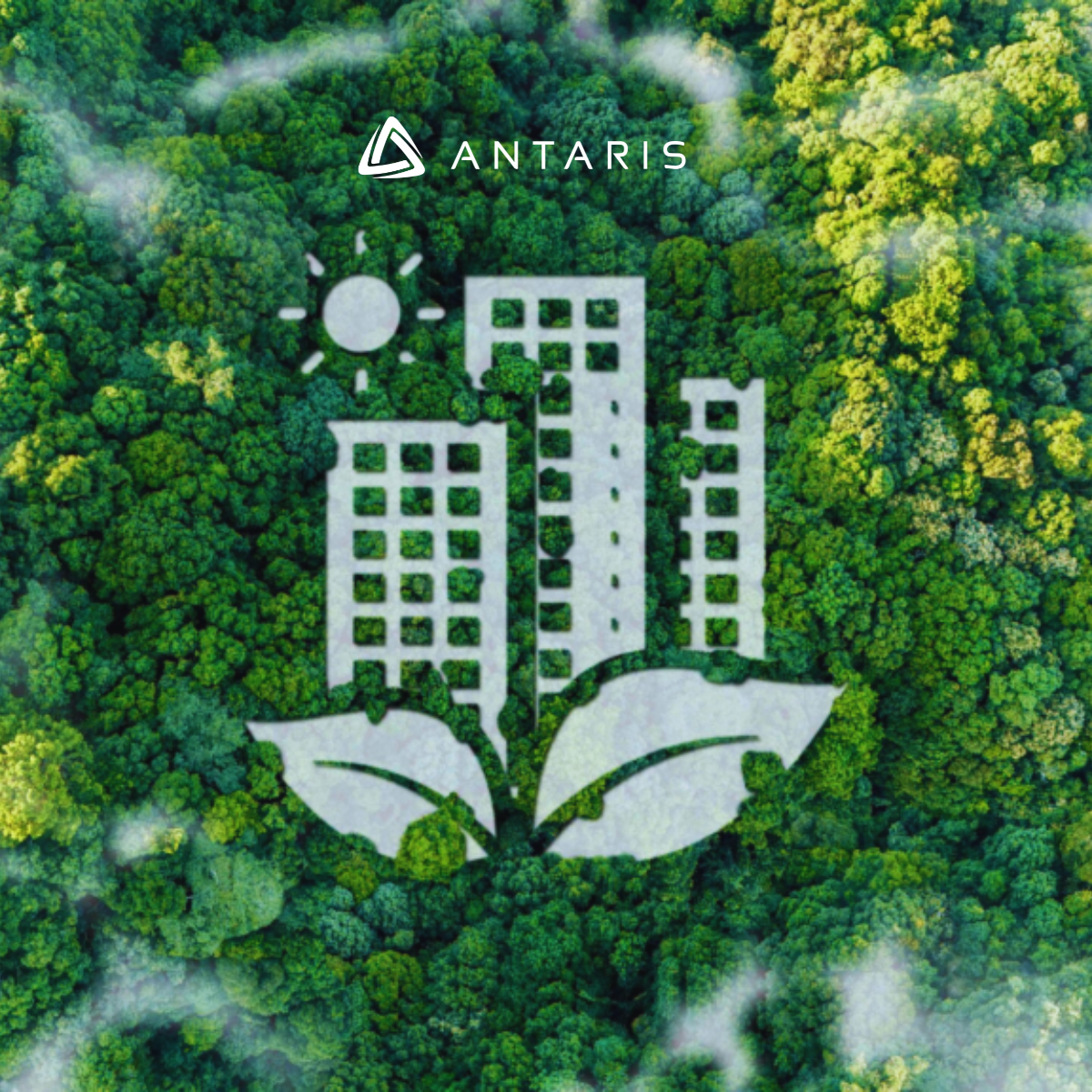The GHG Protocol Corporate Value Chain (Scope 3) Accounting and Reporting Standard (also known as the Scope 3 Standard) provides requirements and guidance for organisations to develop and publicly report a GHG emissions inventory that includes indirect emissions resulting from value chain activities (i.e., scope 3 emissions).
The GHG Protocol Scope 3 Standard is a supplement to the GHG Protocol Corporate Accounting and Reporting Standard and classifies an organisation’s direct and indirect GHG emissions into three “scopes,” and requires that implementing organisations account for and report all scope 1 emissions (i.e., direct emissions from owned or controlled sources) and all scope 2 emissions (i.e., indirect emissions from the generation of purchased energy consumed by the reporting organisation).
Scope 3 emissions generally represent the largest source of emissions for organisations and present the most significant opportunities to influence GHG reductions.
An organisation’s GHG emission output can be classified into three categories under the GHG Protocol Corporate Accounting and Reporting Standard. These categories are designated Scope 1, 2, and 3.
Scope 3 consists of indirect greenhouse gas emissions from sources beyond the organisation’s direct operations, within the greater value chain – from business travel and employee commuting to end-of-life product disposal. The Greenhouse Gas Protocol’s Corporate Value Chain (Scope 3) Accounting and Reporting Standard defines these emissions that organisations are indirectly responsible for into fifteen categories both upstream and downstream throughout the value chain as follows.
Upstream scope 3 emissions
- Purchased goods and services
- Capital goods
- Fuel- and energy-related activities (not included in scope 1 or scope 2)
- Upstream transportation and distribution
- Waste generated in operations
- Business travel
- Employee commuting
- Upstream leased assets
Downstream scope 3 emissions
- Downstream transportation and distribution
- Processing of sold products
- Use of sold products
- End-of-life treatment of sold products
- Downstream leased assets
- Franchises
- Investments
How can organisations address Scope 3 emissions?
With increased attention on the size and significance of Scope 3 emissions, organisations are now focussing on understanding the impact of their supply chain and the significance of their scope 3 emissions. Organisations can now take action on some of the most impactful activities associated with GHG emissions, including procurement, waste generation, transportation of raw materials and distribution of sold products, employee commuting, and business travel.
A good starting off point is to determine the categories of Scope 3 emissions that are relevant to the organisation. Is procurement the largest single source of Scope 3 emissions? Does the organisation rely heavily on third-party transportation of its products? Are its products easily recycled? What is the distance raw materials are transported to manufacturing facilities?
The following are some of the issues that may warrant consideration in the organisation’s deliberations on its scope 3 emissions.
Purchased Goods and Services (Procurement)
Engaging suppliers to assess the upstream emissions for the organisation’s purchased goods and services can seem quite daunting. The Greenhouse Gas Protocol guidance provides flexibility in calculating emissions based on available data so any organisation can begin by establishing a baseline using secondary or industry average data before initiating contact with suppliers. Starting with a baseline can then help prioritise which procurement categories or suppliers warrant further consideration vis-à-vis the collection of specific activity data.
Transportation
Organisations can have a direct influence on the reduction of Scope 3 emissions by making alterations to the transportation of both materials used in manufacture and the distribution of their sold products. Reducing distances travelled, reducing the weight of products (and their packaging), changing the fuel type, or even the mode of transportation are all ways to ameliorate emissions generated in this category.
Business Travel
For some organisations, business travel has historically been viewed as an indispensable means of conducting business. Perhaps there is an opportunity for these organisations to replace some of this travel with virtual meetings.
End-of-Life Treatment of Sold Products
The disposal of a product after its useful life generates emissions depending on whether it is landfilled, recycled, composted, or incinerated. Creating products using materials that can be recycled is a potential way to reduce the quantum of emissions.
Waste Generation
Waste that is generated during manufacturing operations is another area worth consideration. Are there opportunities to increase the quantity of waste diverted from landfill?
How Can Progress be Made?
Baseline.
Start with a general assessment of all Scope 3 categories within your organisation’s operations. Begin calculating the emissions where data is available or where secondary industry data can be utilised.
Create a Plan
Once the significant categories have been identified, engage with partners both up and down the value chain to find opportunities for data sharing and collaboration to drive emission reductions.
Take Action
In parallel, you can work towards setting reduction targets. We strongly encourage organisations to set science-based emissions reduction targets in accordance with the Science Based Targets initiative (SBTi).
We recommend organisations consider using the Scope 3 Evaluator, which is a free, web-based tool from Greenhouse Gas Protocol and Quantis (https://ghgprotocol.org/scope-3-evaluator) that makes it easier for organisations to measure, report, and reduce emissions throughout their value chain.
The Scope 3 Evaluator tool allows users to estimate emissions for all 15 Scope 3 categories defined in the GHG Protocol Corporate Value Chain (Scope 3) Accounting and Reporting Standard regardless of the size or type of organisation.
The Scope 3 Evaluator significantly reduces the time needed to estimate scope 3 emissions. Organisations can use this information to start identifying areas in which to pursue a more accurate inventory and focus their reduction efforts.


